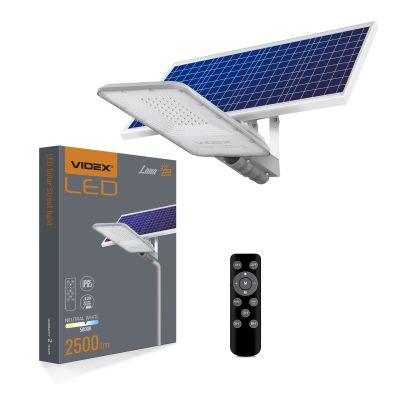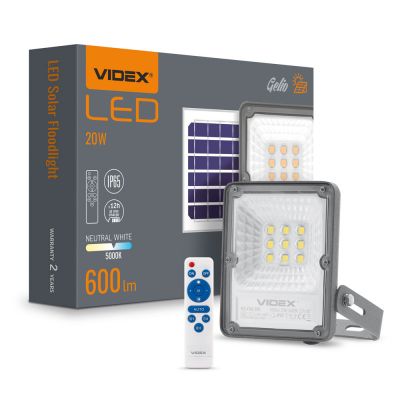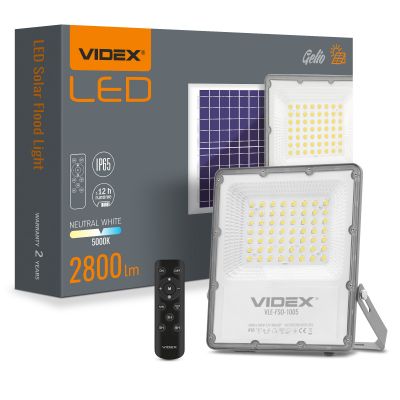Solar energy and modern technologies for street lighting
The principle of operation of LED street lamps on solar panels is based on the use of energy generated per day by photovoltaic cells. Depending on the battery capacity, the independent operating time is up to 12 hours. The main advantage of such lighting is complete autonomy.
Applications for standalone street lighting
Today, solar lanterns and solar street lights are used where power lines are expensive, impractical, or aesthetically unfavorable. They can enrich the environment by illuminating it at night, regardless of the availability and stability of the power grid.
The most common places to install such luminaires are:
- green areas;
- service stations outside the city;
- in summer cottages;
- near reservoirs and fountains;
- at the entrance to private houses and high-rise buildings;
- on alpine slides;
- at garden arbors;
- along the paths of parks, etc.
How solar panel street lights work
The functioning of the panels - the main element of autonomous lamps - is based on the physical features of photovoltaic batteries. The principle of operation is as follows:
- Throughout the day, the surface of semiconductor cells picks up sunlight and converts the energy of the photons into electrical energy.
- Energy is stored in batteries. The greater their capacity, the longer the luminaire will be able to shine after dark.
- Generating during the day and switching on at night is done automatically according to a preset mode.
- By using energy-saving LEDs, the luminous flux time is considerably extended.
- All design elements are reliably protected, capable of working 30 thousand hours, not afraid of temperature fluctuations and precipitation.
Design and features of stand-alone solar luminaires
The main components of such street lighting fixtures are:
- a photovoltaic panel - sometimes placed in an additional transparent cover to protect against moisture and dust;
- a luminaire - contains one or more LEDs with selected output and an on/off control;
- light unit - consists of a pole or, less frequently, a special fixture on vertical or horizontal surfaces;
- battery pack - installed in a protective, vandal-proof box together with the auxiliary equipment;
- enclosure of the box - made of durable stainless steel with an anti-corrosion coating;
- control unit - consists of several devices controlling current conversion, accumulation and discharge of the battery, time and power of the luminaire, etc;
- motion sensors - optionally used to enable automatic switching on of the light only when people or vehicles are in the vicinity.
The service life of the auxiliary equipment may reach up to 15 years, while the panel itself - up to 25 years. The equipment can operate reliably in a temperature range of -50°C to +50°C. The required technical characteristics are selected by the purchaser.
Advantages of solar technology for street lighting
The most important advantages of using solar energy lighting are:
- full autonomy and independence from the external power grid;
- reliability and a long service life;
- low energy consumption;
- pleasant, soft lighting;
- automatic switch-on and switch-off control;
- creation of pleasant, soft lighting with automatic switch-on and power control.
We recommend using self-contained street lights for street lighting, as well as floodlights from the Polish brand Videx. Our products are well-designed, reliable and easy to install, and the availability of a remote control to it, will allow you to easily set and control the required parameters while in use. We guarantee a long service life as well as high quality of our products.






